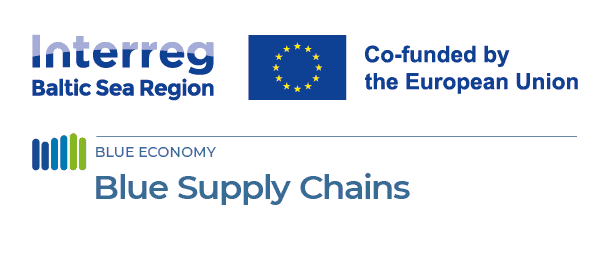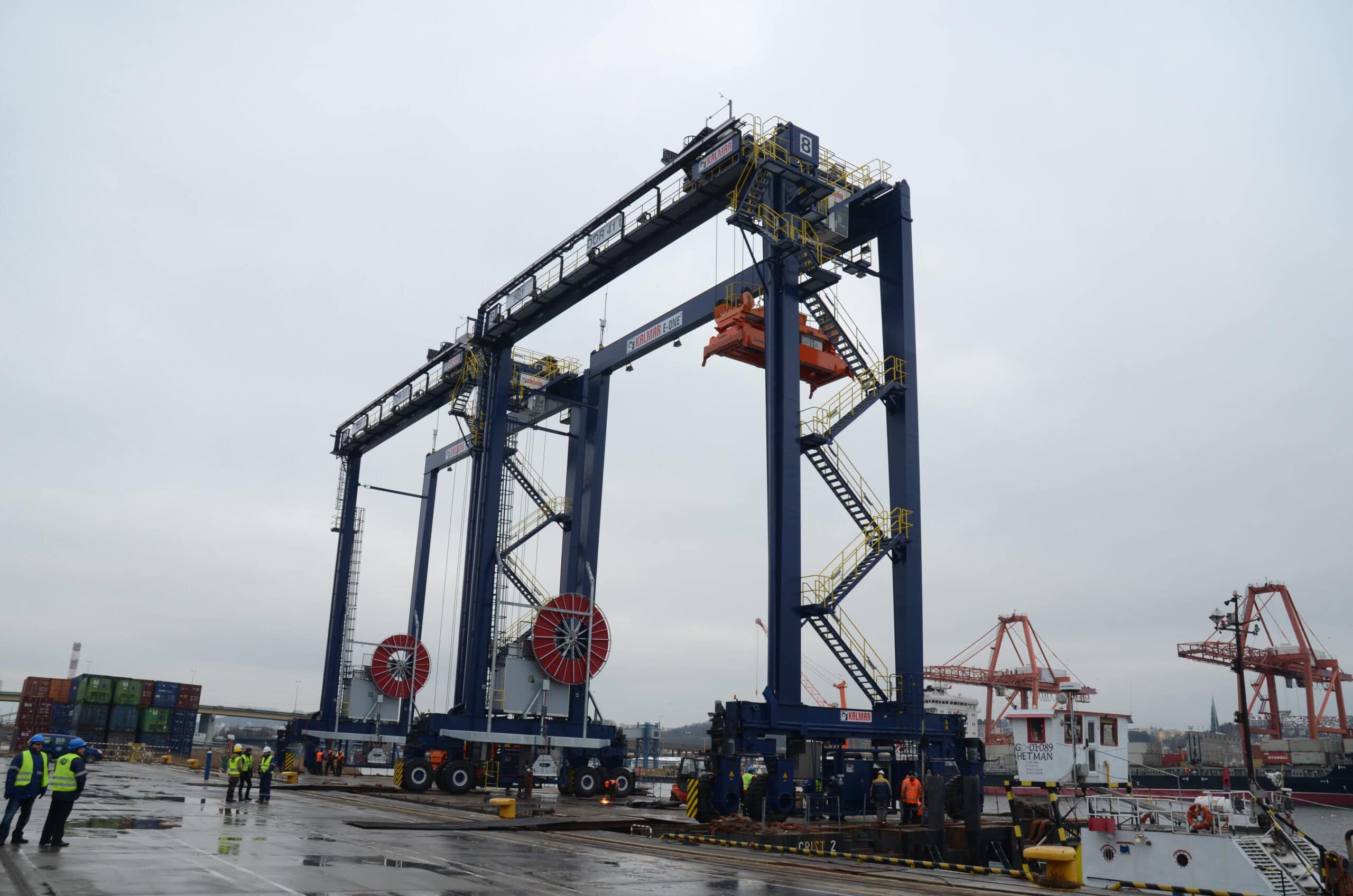
Electric cranes soar at the Gdynia Container Terminal
25 June 2025
Located in one of the most charming coastal cities of Poland, the Gdynia Container Terminal (GCT) is an integral part of the region’s maritime industry ecosystem. While it might not be the biggest terminal in Europe, or Poland for that matter, it certainly is one of the busiest. It is also characterized by a natural, innate drive towards contributing to the decarbonization effort. Given that fact, it should not come as a surprise that the GCT is one of the core Blue Supply Chains Project’s (BSC) members.
The BSC is unique among its fellow projects in that it encompasses a range of subprojects, with each contributing to the greater picture. The GCT is part of what we called “Team High Voltage” in our preliminary project summary, together with the University of Gdańsk and the Port of Skagen, with the endeavours of the latter covered more in-depth here.
Where the crane stands, cargo follows
While this might be a slightly cheeky variation on a (presumably) old Chinese proverb, it goes without saying that running a successful terminal without cranes would be an exercise in futility. Cranes are one of the most recognizable examples of terminal equipment, immediately springing into one’s mind along with stacks of containers and forklifts when thinking about terminal operations.
GCT’s landscape is also populated with cranes. The GCT crew also quickly understood that to minimize their environmental footprint, upgrading their crane pool could be a very viable solution (among a plethora of others they plan or are already implementing).
The specific cranes we are talking here about are the Rubber Tired Gantry Cranes (RTGs). These wonderful machines are well known by crane afficionados for their mobility and versatility, and can be relied on to efficiently stack, transport, and unload shipping containers. Rolling around on rubber tires, able to easily navigate the mazes of container stacks, the RTGs put in the work. They are also one of the main contributors to a terminals CO2 output if run on diesel.
So, what idea did the GCT team come up with? Retrofitting their existing cranes to run on electric power!
Getting (environmentally) fit via retrofitting
The bright heads at GCT quickly narrowed down the main advantages to opting for a retrofit instead of purchasing new equipment. These are numerous, with cost reduction being one of the main factors. It is easy to spend a lot of money but one should always do it the smart way. Naturally, there are some downsides too, e.g. technological compatibility (some older RTGs might not be easy to retrofit) or potentially long periods of operational downtime.
With over 400 diesel-powered RTGs in use in the Baltic Sea Region, retrofitting even a portion of the pool can have a significant impact on the process of electrification and decarbonization overall.
And there are indeed many environmental benefits to consider between, emission and noise reduction (the latter being often overlooked!), energy efficiency, improvement of local air quality, as well as a means of efficient compliance with green initiatives. After all, one cannot contribute to the greening of the maritime sector if one goes out of business.
The GCT crew is hard at work to make the retrofitting process go as smoothly as possible, all while they keep the increasingly busy terminal buzzing with activity!
You can read a more in-depth technical description of GCT’s work within the BSC project in the dedicated section on our website.







